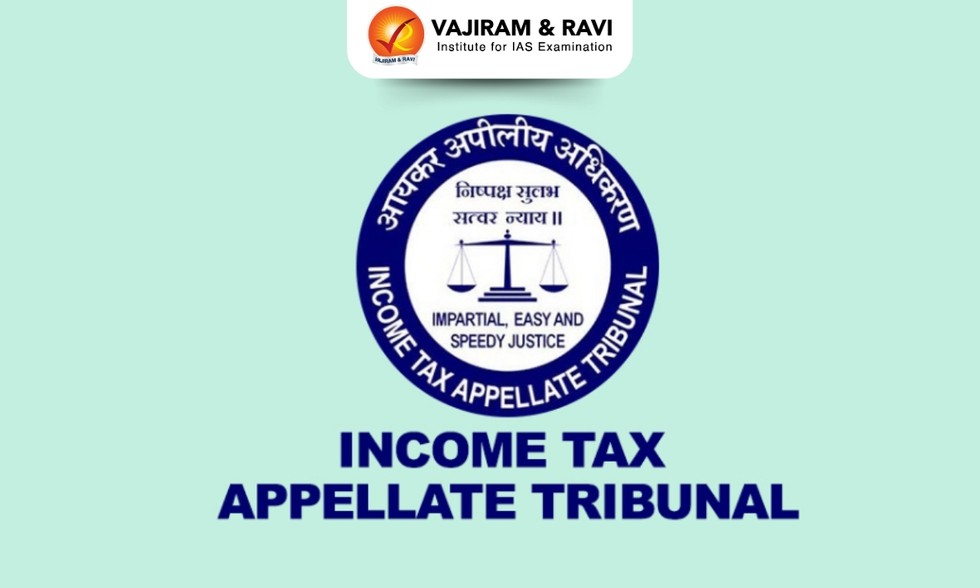About Income Tax Appellate Tribunal:
- It is a quasi-judicial institution set up in January, 1941 and specializes in dealing with appeals under the Direct Taxes Acts.
- It was started in 1941 with six Members constituting three Benches – one each at Delhi, Kolkata (Calcutta), and Mumbai (Bombay).
- Presently ITAT has 63 Benches at 27 different cities, covering almost all the cities having a seat of the High Court.
- Nodal Ministry: It functions under the Ministry of Law and Justice.
- Composition of Income Tax Appellate Tribunal
- The President of the ITAT constitutes a bench from among the members of the ITAT.
- Each bench has an accountant member and a judicial member.
- In some cases, a special bench with three or more members may be constituted to dispose of income tax appeals.
- Functions of Income Tax Appellate Tribunal:
- It hears appeals concerning orders passed by the income-tax authorities.
- It adjudicates appeals made under the Income Tax Act of 1961.
- ITAT serves as the final fact-finding body in tax disputes, offering both taxpayers and the income tax authorities a convenient platform to resolve disputes.
- It is the second forum to hear income-tax appeals after the Commissioner of Income-tax (Appeals)
- ITAT functions under the regional High Court’s jurisdiction and must adhere to the rules of the same.
- ITAT is subordinate to both the region’s High Court and the Indian Supreme Court.
- Who can file an appeal in ITAT?
- A tax appeal can be filed by a taxpayer who does not agree with the assessment order or any other order, passed by an income-tax authority.
- An appeal before the ITAT is generally filed by the taxpayer to contest any order passed by the Commissioner of Income-tax (Appeals).
- Similarly, an income-tax department can also file an appeal against any order passed by the Commissioner of Income-tax (Appeals) before the ITAT.
- The orders passed by the ITAT are final. An appeal lies to the High Court only if a substantial question of law arises for determination.
